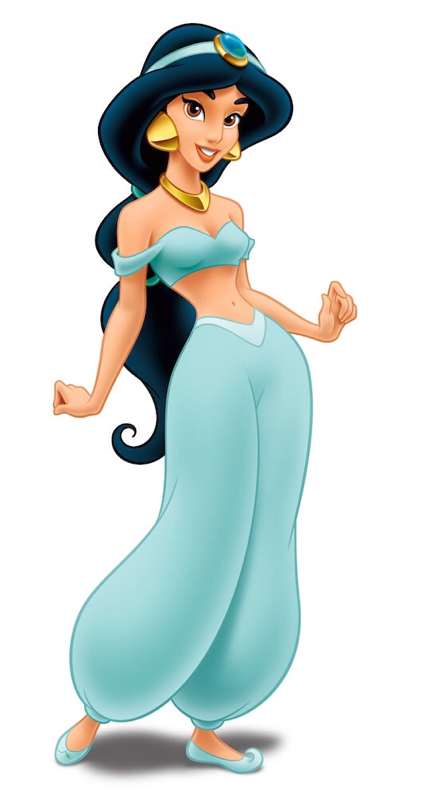
From Belly Dancers to Burqas: Media Representations of Muslim Women.” Presented by Afshan Jafar.
In this 45 minute lecture I learned a lot about the culture of Muslim women. We started out by each writing 3 concepts we believed to be true about Muslim women. After reading the answers out loud, it was noticed that the most common words used included; controlled, religious, opressed, and covered.
Next, the group was asked how we would describe a Christian woman. No one knew the answer to this because everyone was questioning the vague category of Christianity. Afshan Jafar, then made the point that the muslim religion was just as widely ranged as the religion of Christianity. This made me and i'm sure others in the lecture realize that we judge based upon only the few simple things we think are true about other cultures. When in reality we have only a simple, small idea about another culture.
Another topic discussed was Jasmine From the Disney movie Aladidin. It was stated that Jasmine is based on a muslim character, however she is wearing a belly dancers costume. This gave americans the idea that ALL muslim women wore these outfits, which is very untrue. We learned that typical things that are worn by women are Barquas and Vails. When talking about this topic this image was presented to us.

*From this image I got that different cultures have different beliefs. Neither are right or wrong.
CONNECTIONS:
1.) I would connect this presentation to the article "Unlearning The Myths That Bind Us" . Linda Christensen states that we as people are manipulated by Media and advertising. Princess Jasmine would be a symbol that connects the article to this presentation. Just because Jasmine is dressed in a belly dancer costume we just assume that all Muslim women wear this kind of clothing. When in reality muslim women dress completely different. This makes me question, Why couldn't disney have dressed Princess Jasmine in a typical muslim outfit such as a burqua.
2.) "Aria" was a good article that connected to this event. Aria Richard Rodriguez talks about coming to the United States speaking no english. He said how much of a challenge it was and how he was not accepted in society until he spoke the language of our country. The reason I am connecting this is because I feel like muslims may feel sterotyped just like Rodriguez was. Muslim women probably feel like the way they dress makes them unacceptable to society. This pressures them into changing their believes all to fit in.
3.) "Between Barack and a Hard Place" is a good connection article. Tim Wise discusses how we catagorize black people, and others who are not like "us." Wise was on a plane and got nervous that the pilot was black. In the middle of his worries he realized how dumb this observation was. This makes me notice how we automatically fear the unknown. In terms to the social justice presentation, we think muslim women are opressed just becuase of what we wear. In reality, we have no cultural background information to back up our thoughts. It is not right we judge what we do not actually know.
